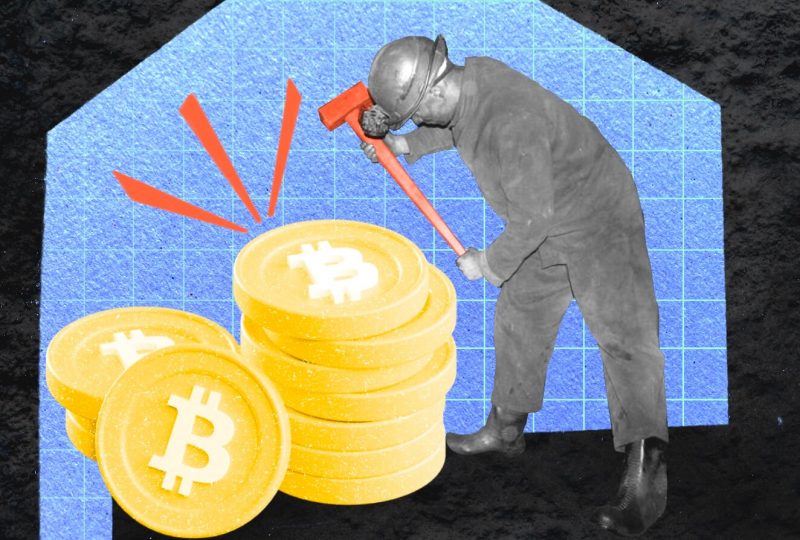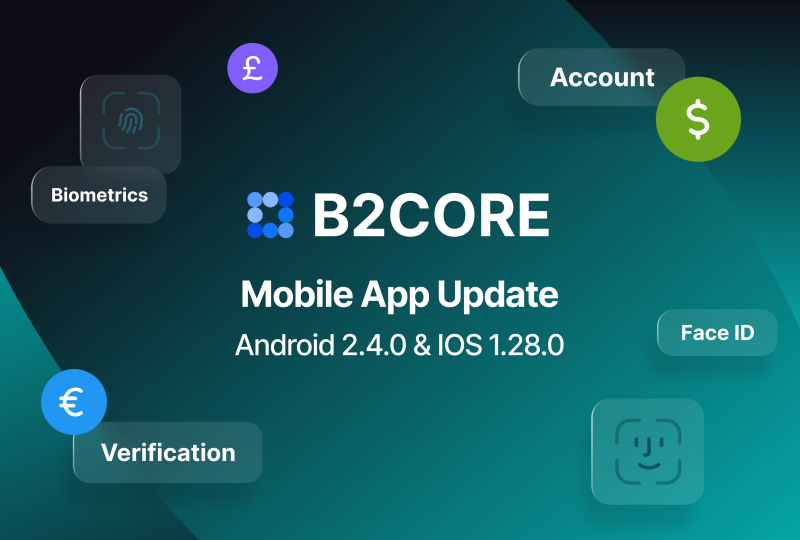What is Liquidity Mining?
Dec 09, 2021

The value of bitcoin and other cryptocurrencies has surged, drawing the interest of the general public. The fast rise of decentralized finance (DeFi) is also a significant element. Investors may employ cryptocurrencies and fiat money in a variety of ways to produce cash flow. This kind of mining is called liquidity mining.
In this regard, the establishment of new trading venues is critical. Until recently, the only place to purchase and sell bitcoins was on the Coinbase exchange (CEX). Smart contracts may be used to establish decentralized exchanges (DEXs), which function totally independently.
The financial industry is being profoundly impacted by digitalization. More and more financial products are being arranged in a decentralized fashion. Because they are completely automated, they are less expensive and more secure than traditional programs.
Liquidity Mining Definition
Liquidity mining is a network interaction method in the bitcoin ecosystem that contributes to a liquidity pool. Liquidity may be donated to a liquidity pool in order to participate. As a result of your donation, the specific liquidity pool to which liquidity was donated will pay you a reward. Token holders may also get the protocol's native token, also known as the governance token, allowing them to cast votes and make contributions to the protocol's future progress and advancement.
This incentive model encourages businesses to donate liquid assets to a DEX in order to perform transactions between numerous token pairings. Because a DEX's capacity to trade is reliant on the contributions of its users, mining for liquidity is very important. In most cryptocurrency liquidity pools, you may deposit either one of two different cryptocurrencies, depending on the pool you choose.
Discussing the differences between the words "liquidity mining" and "liquidity supply" is essential when addressing the topic. The exchange pays trading commissions to firms that provide liquidity for a particular trading pair. As a result, switching between the two tokens incurs a small fee. Liquidity providers are compensated for their services via this price. It's possible that many persons and brokerage companies might profit from liquidity mining if a big number of token transactions take place on the DEX.

What is the Process of Liquidity Mining?
It is impossible to conduct trades on decentralized exchanges unless there is sufficient liquidity. Users will get a share of the fees collected in exchange for depositing their own money into the platform. To guarantee that the pool is constantly stocked with two distinct currencies, only trade pairs are permitted in this pool's trading system. As a result, there is a separate smart contract or pool for each pair of transactions. Token A may be sent to the trading address, and in exchange for token A, a user will get token B at the rate indicated in the trading address. This procedure has a modest price tag attached to it.
The bank charges a fee to encourage consumers to deposit money. Each transaction generates a charge for the liquidity provider. As a result, passive revenue may be generated via liquidity mining.
Tokens are another incentive offered by certain websites. In return for using the service, users are given more bitcoins, which they may then trade freely on the open market. Being able to influence a company's future direction has several benefits. The value of tokens may
be increased to produce more money.
Liquidity Mining Risks
Even while decentralized exchanges are relatively young, there is still much opportunity for development. As a result, security lapses across several platforms cannot be ruled out. In the worst-case scenario, hackers may get access to pools and exploit them. As a result, while deciding on a DEX, keep security in mind. It's a good thing that these open source efforts have made their computer code available to everyone. In other words, it's available to the whole public, and anybody may check it at any moment.
The number of companies offering smart contract security audits and testing is rising. Reputable platforms often subject their services to a slew of audits, the findings of which are made public.
Those that choose to do so may make use of decentralized platforms. As a result, users are able to create pools using inaccurate data. This method of replicating well-known tokens may make it difficult for customers to identify them as fakes. A considerable degree of danger is posed by the fact that any company may develop its own coin and smart contract.
A valuable option to avoid the most risks when interested in liquidity mining is to cooperate with reputable and solid providers. The number of liquidity providers is growing, presenting new investment options. B2Broker’s solutions may be the key point to your success.




